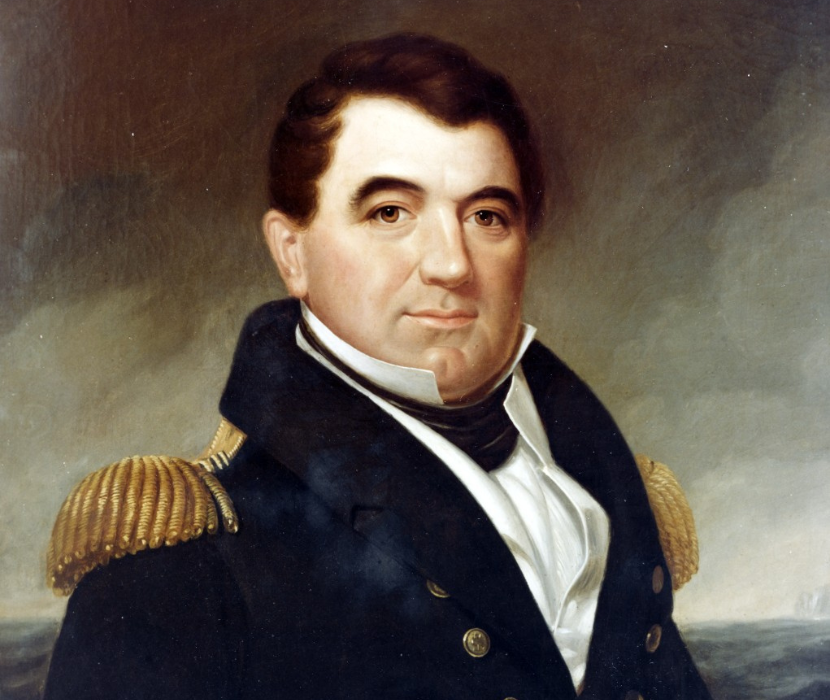Excerpted and adapted from José Manuel Guerrero Acosta
The longer biography can be found in the book Unveiling Memories. / La biografía más extensa se encuentra en el libro Unveiling Memories.
Jorge Farragut (1755–1817) commanded a Spanish commercial vessel but chose to settle in New Orleans in 1775. In 1776, he enlisted in the newly created South Carolina navy and joined the American Revolution. He began to use the name George Farragut to mark his transition in loyalty; he is the only known Spanish volunteer to fight under the American flag during the Revolutionary War.
He took part in the Battle of Savannah and was taken prisoner during the siege of Charleston, where he had commanded a gunboat. After being released, he joined the North Carolina State Regiment as a lieutenant in the Mounted Rangers unit and was promoted to major by the war’s end. He saw action repeatedly on land, and in the Battle of Cowpens, on January 17, 1781, according to family accounts, he saved the life of cavalry colonel William Washington, a cousin of the future US president.
After the war, Farragut served in the Tennessee cavalry, fighting against the Cherokee and Creek peoples, before returning to naval duty. He had five children, among them David Glasgow Farragut, who would become the United States Navy’s first admiral.

Portrait of George Farragut, Father of David G., by Evans, n.d. (Smithsonian Institute, Naval History Division)
Jorge Farragut (1755-1817) comandó un buque comercial español, pero optó por establecerse en Nueva Orleans en 1775. En 1776 se alistó en la recién creada marina de Carolina del Sur y se unió a la Revolución Americana. Comenzó a utilizar el nombre de George Farragut para marcar su transición de lealtad; es el único voluntario español conocido que luchó bajo bandera estadounidense durante la Guerra de la Independencia.
Participó en la batalla de Savannah y fue hecho prisionero durante el sitio de Charleston, donde había comandado una cañonera. Tras ser liberado, se unió al Regimiento Estatal de Carolina del Norte como teniente de la unidad de Rangers Montados y fue ascendido a mayor al final de la guerra. Entró en acción repetidamente en tierra y, en la batalla de Cowpens, el 17 de enero de 1781, según relatos familiares, salvó la vida del coronel de caballería William Washington, primo del futuro presidente de EE UU.
Tras la guerra, Farragut sirvió en la caballería de Tennessee, luchando contra los pueblos cherokee y creek, antes de volver al servicio naval. Tuvo cinco hijos, entre ellos David Glasgow Farragut, que llegaría a ser el primer almirante de la Marina de los Estados Unidos.

Retrato de George Farragut, padre de David G. Pintura de Evans. Cortesía del Instituto Smithsonian, División de Historia Naval.